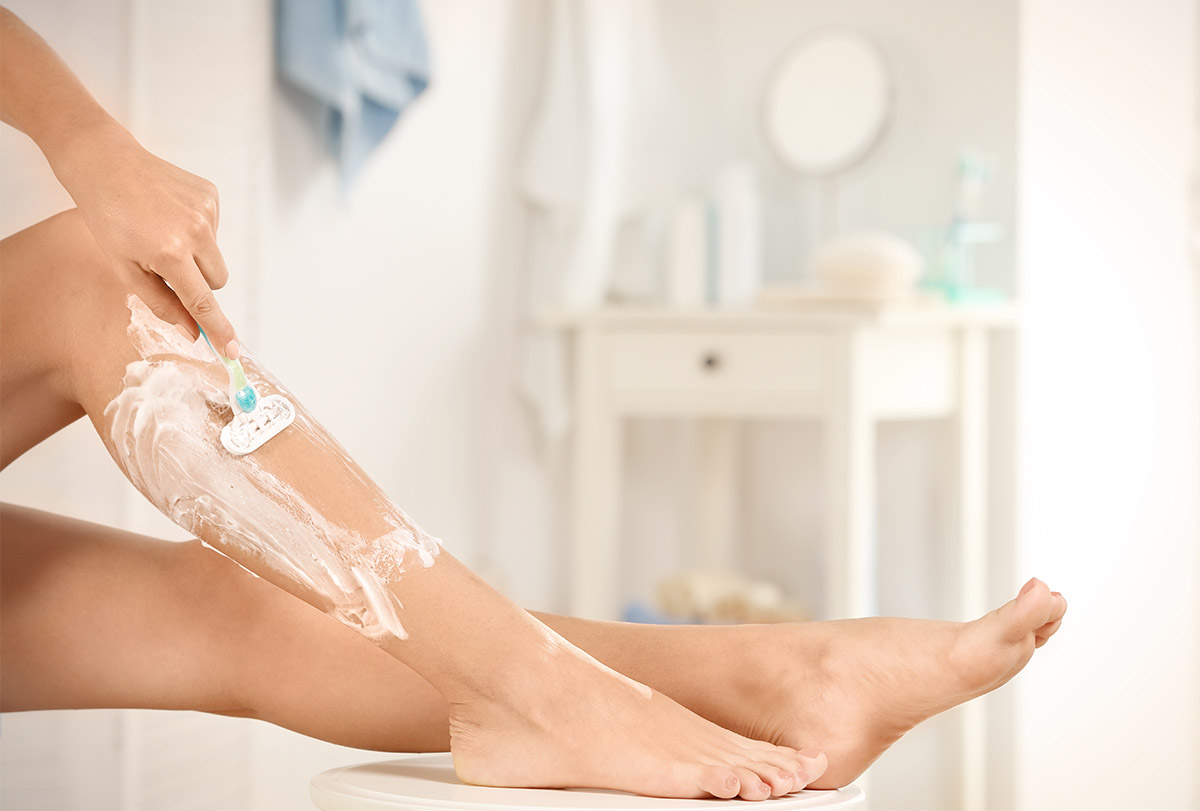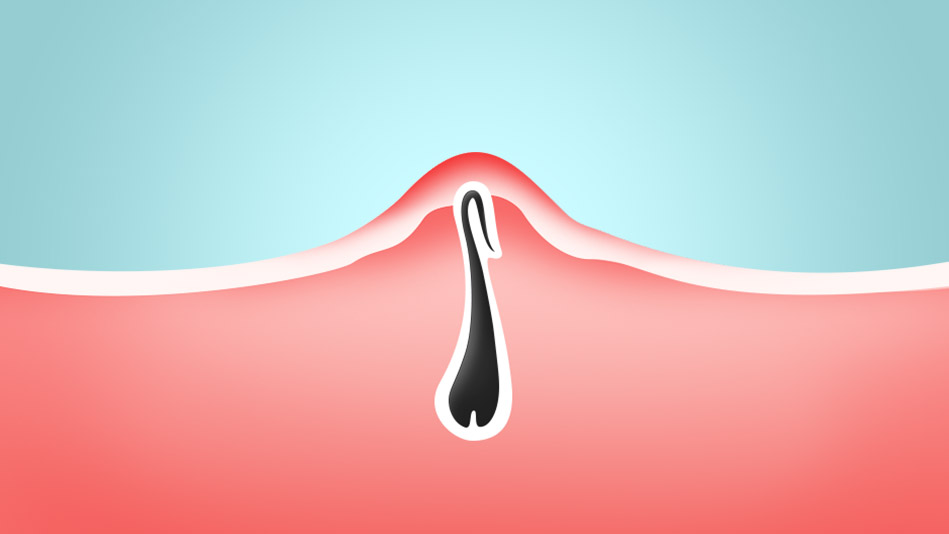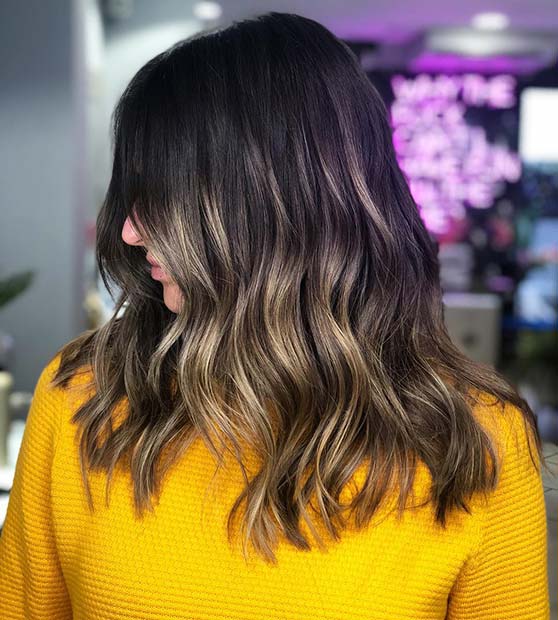Table Of Content

A medical professional can treat ingrown hairs and help you prevent them in the future. One very useful product is adapalene gel, an over-the-counter retinoid medication. This medication can be applied to areas with ingrown hairs to help gently exfoliate until the ingrown hair appears at the surface of your skin. You can then carefully remove the hair with tweezers (see below). The market has exploded with skin care products with different ingredients to help with ingrown hairs.
What Causes An Infected Ingrown Hair?
As the infection progresses, you may see pus, and the bump may grow larger. Ingrown hairs are most common in areas of hair removal, such as the face, legs, armpits, and pubic region. They also occur more often in men who shave their beards. Shaving and waxing creates sharper hairs that tend to get trapped in the skin.
What causes these bumps to form?
Shaving creates a sharp edge on hair, making it easier to pierce the skin. Home remedies can often treat ingrown hairs, even if the affected area becomes infected. Infections can occur if a person does not treat the hair or if they have a weakened immune system.

Medical treatment
Topical corticosteroid creams are applied to reduce inflammation of inflamed ingrown hairs. Ingrown hairs most characteristically involve areas that are shaved, like the beard, bikini area, and legs. Other common locations of ingrown hairs include the face, neck, thighs, and buttocks. Although possible, it is rare to have ingrown hairs all over the body. Ingrown hairs do not affect the mouth, palms, vagina, or soles of the feet, as there are no hair follicles in these locations.
Doctors treat staph infections with antibiotics to prevent other serious complications, such as a blood infection. Staphylococcus (staph) infections can occur with an ingrown hair. Staph is typically present in your skin flora, but it can’t cause an infection unless it enters a break in the skin. A doctor will usually assess an ingrown hair infection by looking at the symptoms and asking about your medical history. Any of these signs near an ingrown hair might indicate a staph infection.
PFB is commonly found in areas that people shave, including the face, legs, armpits, and pubic area. Popping an ingrown hair can increase you chance of it becoming infected. The results of electrolysis and laser hair removal are immediate.
Vaginal Boil:What It Looks Like, Treatment & Prevention, Per Experts - Women's Health
Vaginal Boil:What It Looks Like, Treatment & Prevention, Per Experts.
Posted: Fri, 18 Aug 2023 07:00:00 GMT [source]
If they’re not infected, some ingrown hair cysts can go away on their own. In some cases, there’s another underlying cause, such as a genetic mutation, which means they can develop again. The only way you can prevent ingrown hairs from occurring at all is to refrain from hair removal altogether. This can increase your risk of infection and scarring. In cases of razor bumps, the primary goal of treatment is to reduce the surrounding inflammation and decrease your risk of infection. This may be due to preference, cultural values, or work requirements.
What to know about follicular eczema: Symptoms and treatment - Medical News Today
What to know about follicular eczema: Symptoms and treatment.
Posted: Wed, 28 Sep 2022 07:00:00 GMT [source]
How to Treat Different Types of Ingrown Hair Cyst
Your doctor can also prescribe treatments to help with stubborn ingrown hairs. If you often experience ingrown hairs and are looking for a long-term solution, laser hair removal has proven effective in treating ingrown hairs. Laser hair removal reduces the density and thickness of your hair by destroying specific hair follicles. But this can be an expensive and lengthy process—laser hair removal typically requires multiple treatments.
What are the symptoms of ingrown hair?
Overall, diet does not seem to affect ingrown hairs. If bacteria or other pathogens enter the skin, an infection can develop, leading to a painful bump. These usually resolve with good hygiene after a few days. If they persist, recur, or are severe, consider speaking with a doctor. Infected ingrown hairs can be uncomfortable, but most clear up on their own in 7–10 days with good hygiene. If your infection is mild or infrequent, you may be able to use home remedies.
Just apply a warm, clean washcloth as a compress to soften your skin, which can help move the hair to the surface of the cyst. Ingrown hair cysts will often go away on their own. It’s also important to keep the area clean and moisturized. Vector Illustration of elegant feet in a trendy minimalist style. The laser emits an invisible light which penetrates the skin without damaging it.
This skin condition is mostly seen in darker skin or African skin with facial hair because of the curvature of these patients' hair follicles. You can prevent ingrown hairs by using gentler hair removal methods and resisting the urge to scratch or pick at them. Exfoliating scrubs can also help release trapped hairs and smooth skin.
Currently, laser removal works primarily on dark hairs only. Laser hair removal is generally very fast, efficient, and safe. An ingrown hair happens when the sharp tip of the hair curls back or grows sideways into the skin of the hair follicle. It is a benign condition, which usually appears as a small tan or sometimes pink bump under the skin. Often, a small pinpoint (often dark) part of the underlying hair may be seen under the skin bump. In severe cases, multiple small red or pink bumps at hair follicles may be seen on any skin area that normally grows hair.
But if you have signs of infection, see your doctor. Sometimes, dead skin can clog a hair follicle, which forces the hair to grow sideways under your skin rather than up and out. If you cut naturally curly hair too short, the sharpened end of the hair can pierce your skin, causing an ingrown hair. You can also remove an ingrown hair that has looped or curled back into your skin by gently pulling it out with a sterile needle, pin or tweezers.
Hair has grown back into the skin surface illustration. You can try using some topical treatments—either over-the-counter or prescription from your provider—to help with healing. Natural antimicrobials like tea tree oil can also be helpful. If home remedies aren’t helping and the cyst does not appear to be healing, see a doctor. They can prescribe antibiotics to clear up the infection and/or determine if the cyst needs to be surgically removed. Best results may be achieved with combination therapy.
For example, a healthcare professional may prescribe a steroid cream such as hydrocortisone to help reduce redness and pain around your bump or cyst. Electrolysis may be used to permanently remove hair. This procedure targets individual hair follicles and can be performed on any color of skin and any size and color of hair. Electrolysis is often slow, tedious, and requires multiple treatments. Trying to remove them can sometimes interfere with the healing process and cause them to last longer.













